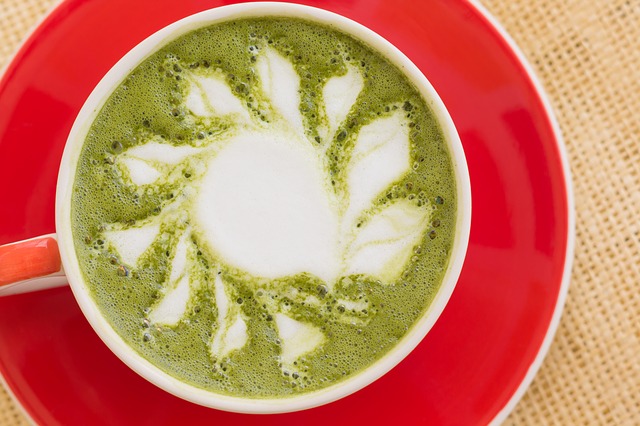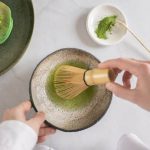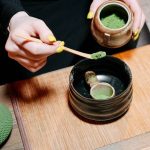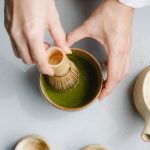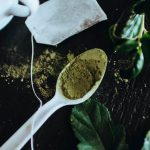Tea emanates from one plant, Camellia sinensis, that is grown in a lot of different locations worldwide. Learning about and sampling the different teas from the world is surely an exciting process that’s not only fun because of its own sake, but could assist you to are more proficient in tea, and locate the most effective teas to match your personal tastes.
Major tea-producing regions with the world:
The two largest producers of tea are China and India. Both of these countries have various and fascinating cultures of both tea production and drinking. India produces mostly black teas, but features a great deal of diversity among the several kinds of black tea that it produces. China, conversely, could be the origin of several with the world’s different types of tea, including green, black, white, oolong, and Pu-erh. Until recently, there were few countries beyond China that produced an appreciable amount of white, oolong, and Pu-erh.
China:
Chinese teas are extremely diverse it could be challenging otherwise impossible to write down a paragraph that accurately depicts their diversity. Some major varieties to recover from China include blacks like Keemun, Yunnan Red, and Lapsang souchong, oolongs like Tie Guan Yin, Se Chung, Feng Huang Dancong, as well as the Wuyi oolongs, whites like Shou Mei, white peony, and silver needle, greens like Bi Luo Chun, dragonwell, and gunpowder, plus Pu-erh, an aged tea. Many of these styles are actually stated in other regions from the world too.
Indian Teas:
The two most well-known forms of Indian tea are Darjeeling and Assam. Both are generally black teas, and therefore are named for that regions where they may be produced. Assam, grown at the lower elevation, is a powerful black tea with a strong malty character, and it is one in the key ingredients in strong breakfast blends like Irish Breakfast. Darjeeling teas, on the other hand, are grown at the higher altitude, have a very lighter character, and therefore are a favourite for English afternoon tea. Less well-known worldwide, but still important, are Nilgiri teas, grown at high elevations in southern India. Recently, India has started producing a few green, white, and oolong teas at the same time, specially in Darjeeling.
Ceylon Teas from Sri Lanka:
Ceylon is just a mature term for Sri Lanka, and Ceylon tea just describes tea grown in Sri Lanka. Like India, Sri Lanka produces mostly black tea, although it in addition has recently expanded into green teas. Sri Lanka is definitely an island, and possesses diverse topography. As the topography changes, does the climate, and therefore, Ceylon teas grown in different parts of the island have radically different characters.
Japanese Green Teas:
Japan produces and consumes almost exclusively green tea herb. In contrast to Chinese green teas, that happen to be pan-fired, Japanese green teas are steamed, definitely different qualities of taste and aroma. The leaf of Japanese green teas tends to be more flaky, and also the aroma more vegetal, often even seaweedy. Some forms of Japanese tea include sencha, bancha, kukicha (twig tea), hojicha (roasted teas), genmaicha (brown rice tea), gyokuro, and matcha (a powdered green tea extract employed in the Japanese tea ceremony).
Taiwan, Capital of the Oolongs:
Taiwan, inside tea world, is frequently known as Formosa. Although oolong originated in China, Taiwan is the origin of numerous of the world’s best oolongs nowadays. Taiwanese oolong ranges from darker-colored, more oxidized varieties, such as oriental beauty or bai hao oolong (that is sometimes just labelled generically as Formosa oolong), over the intermediate amber oolongs, to jade oolong, and pouchong, an oolong that’s barely oxidized and closely resembles green tea extract. Taiwan’s tropical climate allows the tea plant to be grown at higher elevations than elsewhere in the planet, producing high mountain oolongs with unique and highly desirable characteristics of aroma and flavor.
Other Regions:
Some other countries crucial in the world of tea include Kenya, Indonesia, Nepal, Turkey, Korea, Argentina, Malawi, and Tanzania. It’s hard to acquire an exhaustive sampling in the teas from the world, but I would encourage one to start by buying some teas which has a single country or region of origin and begin sampling them by yourself. You may be surprised at the amount of diversity in flavor and aroma.
For more information on how www.greenteapowder.net can help you with Teas from the World, please contact us at info@greenteapowder.net, or visit us here:
Green Tea Powder at Cebu Customs Road, Apas, Cebu City, 6000 Cebu with Telephone Number: (032) 2336629 or Mobile Number: +6332 09437024470

